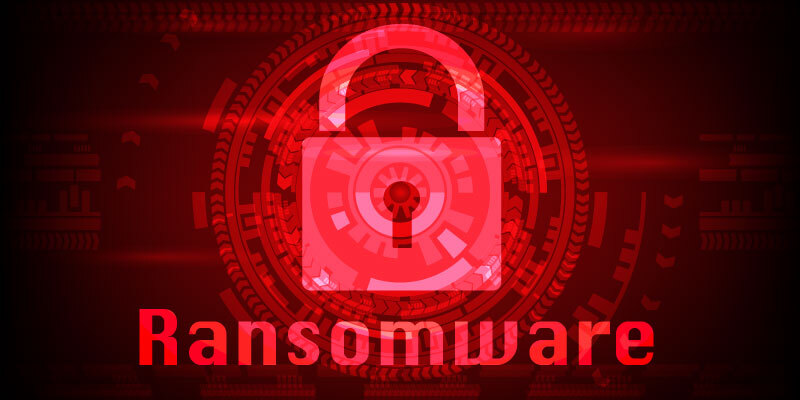Protection From Ransomware

What is A Ransomware?
Ransomware is a type of malicious software that will lock and encrypt your system’s files and then demands a payment to restore access to the data. Ransomware does not appear on its own. It usually enters your system through malicious attachment or link in an email received from an unknown source. You can prevent such attacks in the first place by adopting proactive defense measures. Below this, we have mentioned do’s and dont’s that can protect you against ransomware.
Do’s:
- Maintain a secure backup of your sensitive data.
- Keep your system’s software up to date and patched.
- Install licensed anti-virus software and keep it updated to the latest version.
- While browsing the web, we strongly recommend you use a VPN to encrypt your connection.
- Train your employees to find out the phishing attempts.
- Do switch on the Windows Firewall and monitor its settings regularly.
- Allow pop up blockers on all the web browsers that you use.
- Install script blocking add-ons in your browser to stop potential attacks.
- Use the ‘Show File Extensions’ functionality of windows, which displays the extension of unknown files before they are being opened.
Don’ts
- Do not open any suspicious or unknown links.
- Avoid downloading the attachments that are received in unknown emails and unauthorized websites.
- Don’t allow new devices to connect to the network unless and until they are reviewed by your IT team.
- Don’t give your personal details while replying to an email, text message, or while answering a suspicious phone call.
What Should You Do If Your System Is Infected With Ransomware?
In case if your system becomes a victim of ransomware attack. There are a few steps that can be implemented to regain control of your system. Implement the below-given measures to recover your data.
- Do not make any payment to the ransom. Paying the amount asked by the attacker doesn’t guarantee that the ransomware creators will let you regain access to your files.
- Check the available backups and try to keep them in a secure location.
- If you haven’t created backups, then reputed ransomware decryption tools must be used to decrypt the data that has been locked by the ransomware.
- You need to disconnect the internet connection if you find a ransomware attack.
Removing Ransomware by Restoring Backups:
- This process can be implemented only if you have taken the back up of data on cloud storage or a local drive.
- Transfer the backed up data to a storage disk and ensure that there are no encrypted files in it.
- Scan the disk with licensed security software on the unaffected system.
- Format the infected disk with the encrypted data and restore the data safely.
Using Data Decryption Tools:
Few ransomware removals tools have been developed to decrypt the files and get your data back. Even though there are excellent tools available, there is no guarantee that your files will be 100% decrypted. You must eliminate the ransomware from your system with a genuine anti-virus or anti-malware software before using the decryption tools. Otherwise, ransomware may encrypt your data as soon as you decrypt it. To select the right tool, you must check what type of ransomware has infected your system. You can use any of the below mention data decryption tools.



